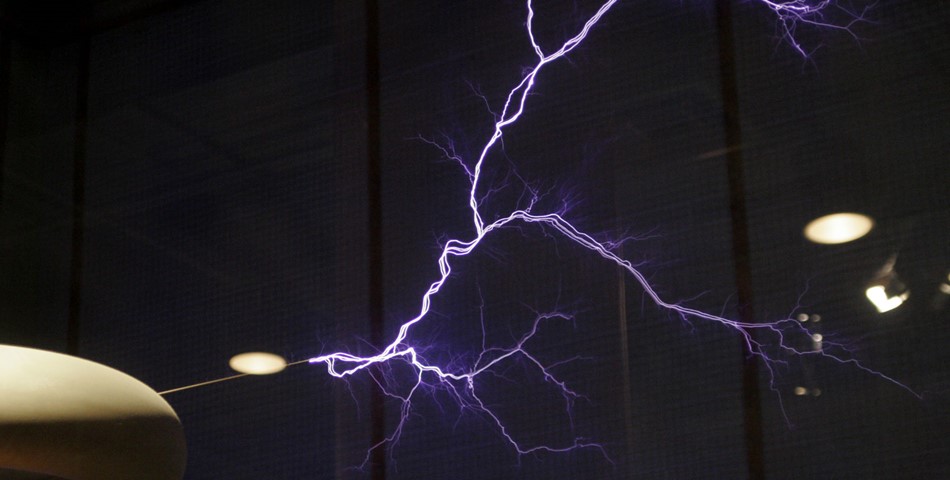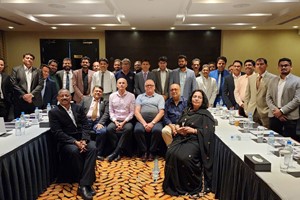he Indiana Department of Transportation (INDOT), in collaboration with the Advancing Sustainability through Powered Infrastructure for Roadway Electrification (ASPIRE) Engineering Research Center, is partnering with Purdue University and the Joint Transportation Research Program (JTRP) to pioneer a groundbreaking roadway concept – a dynamic (in-motion) wireless power transfer technology (DWPT) to directly charge vehicles while they are in motion.
Commencing in 2018, the project has undergone extensive research and analysis. This involved evaluating the technical and financial viability of electric roadways in Indiana, conceptualizing a DWPT test bed utilizing modeling and simulation techniques, and enhancing understanding of the interaction between the embedded DWPT system and the pavement structure.
The outcomes of this comprehensive study mark a significant advancement towards establishing methods to transfer high power over longer stretches of pavement at highway speeds and outfitting electric vehicles (EVs) to access power while in transit.
This spring, construction is set to commence on a quarter-mile test bed designed to supply power to heavy-duty trucks on U.S. Highway 231/U.S. Highway 52 in West Lafayette. Over the next four to five years, the ambition is to electrify a segment of an Indiana interstate for further evaluation.
For their collaboration with INDOT, Purdue researchers are initially assessing the efficacy of the technology in transferring power to electric trucks. These trucks face greater constraints in travel range compared to smaller electric vehicles due to the size and weight of their batteries. The potential to charge electric trucks using highways could lead to downsizing their batteries, enabling them to transport more freight and substantially reducing operational costs.
The technology employed in the DWPT project would enable the pavement to supply power to EVs akin to the way newer smartphones wirelessly charge via magnetic fields when placed on a charging pad.
"If you place a cellphone on a charger, magnetic fields come up from the charger into that phone. We're doing something similar. The only difference is the power levels are higher, and you're going out across a large distance from the roadway to the vehicle," explained Steve Pekarek, a Purdue engineer. "This is a simple solution. It has complicated parts, but we leave it to the vehicle manufacturers."














